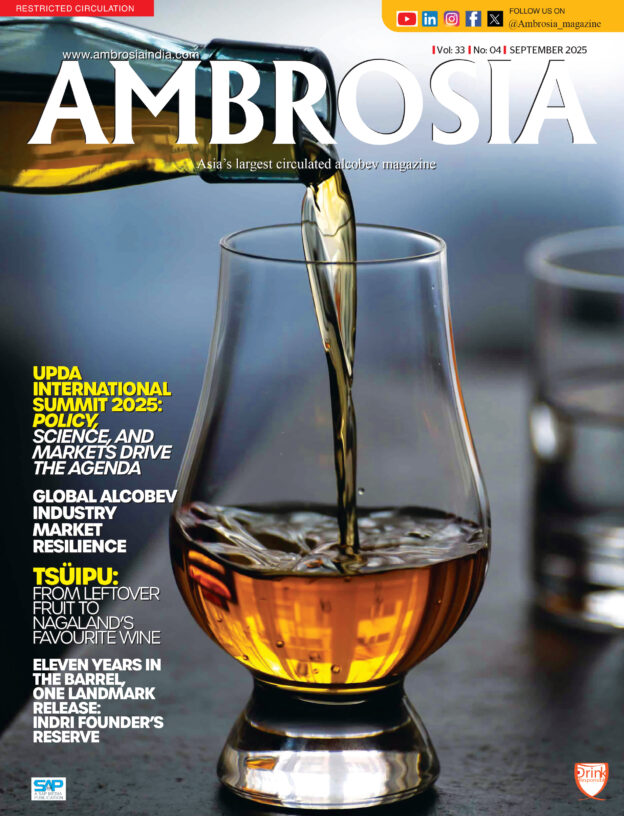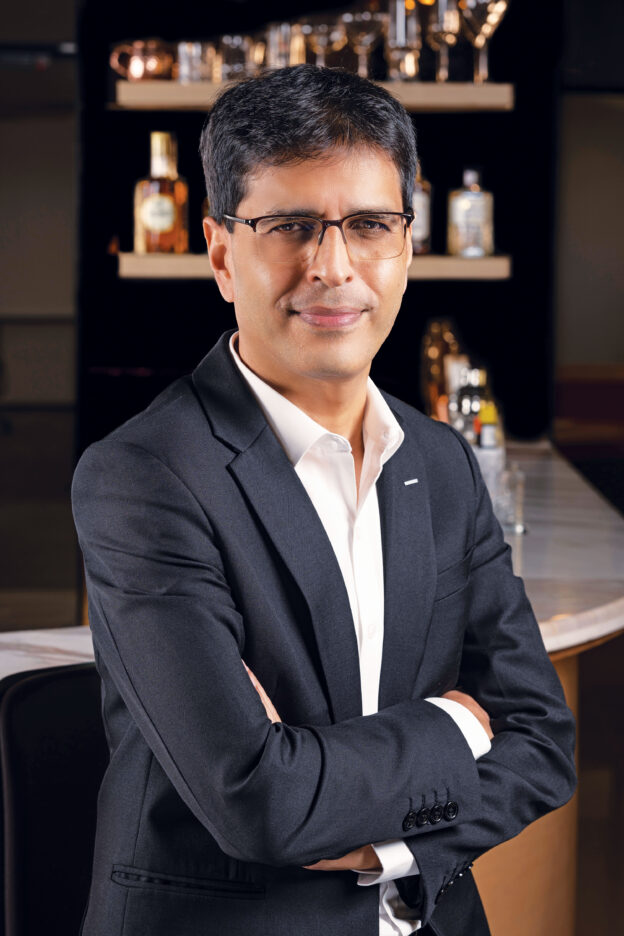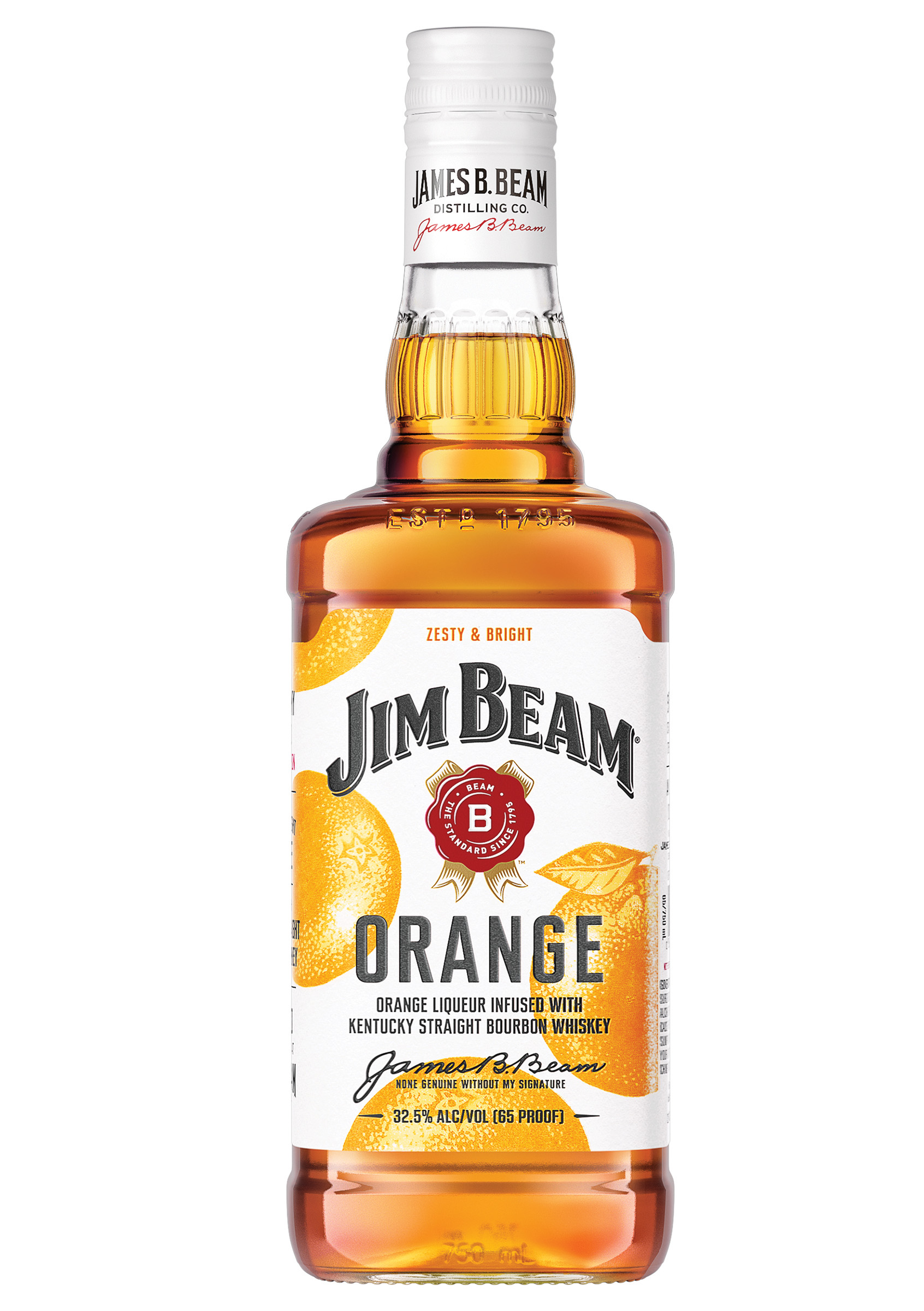The September 2025 issue of Ambrosia is Out!
It features interesting articles like:
• UPDA International Summit 2025: Policy, science, and markets drive the agenda
• Global alcobev industry market resilience
• Tsüipu: From leftover fruit to Nagaland’s favourite wine
• Eleven years in the barrel, one landmark release: Indri Founder’s Reserve
Also our E-magazine for 1 Year is Now FREE. Just login, register and view the issues – Subscribe to the magazine here!
Spirits of Celebration, Policy and Resilience
As the festive season approaches, the clinking of glasses takes on new meaning— one of celebration, togetherness and the art of gifting. Among the many tokens of appreciation exchanged, luxury spirits are steadily emerging as a preferred choice. More than just a bottle, they embody craftsmanship, heritage and exclusivity, making them
ideal for commemorating life’s special moments. Whether it is a limited-edition single malt, a premium gin, or a rare cognac, luxury spirits are no longer just indulgences—they are becoming a language of culture and connection during festive gifting.
Speaking about spirits—recently I met Siddhartha Sharma—the Promoter of Piccadilly Distilleries and tasted the Indri-Trini Founder’s Reserve. It represents not only the evolution of Indian whisky-making, but also the country’s ability to stand shoulder-to-shoulder with the world’s finest. The Founder’s Reserve is fast becoming a luxury gifting choice for discerning
consumers. It signals a broader trend—Indian spirits are no longer limited to the domestic
market; they are redefining global perceptions of quality and authenticity.
UPDA also recently concluded its annual conference—with discussions on policy, science and markets as the three drivers of the alcobev landscape in the State. Policy dictates the frameworks within which producers and retailers operate, often determining market accessibility. Science, from advances in fermentation to sustainable packaging,
continues to push boundaries of innovation while addressing consumer demand for quality and responsibility. And markets, constantly shifting with consumer preferences and global economic tides, create the rhythm to which the industry must adapt. The interplay of these three factors doesn’t just drive business—it defines the pace of transformation across regions, from emerging markets like India to established hubs in Europe and the Americas.
Globally, the alcobev industry has demonstrated remarkable resilience in the face of uncertainty. From the disruptions of the pandemic to inflationary pressures and supply chain bottlenecks, producers and distributors alike have shown adaptability by leaning on digital platforms, diversifying portfolios, and embracing new consumer trends such as low- and no-alcohol alternatives. Premiumisation remains a strong current, with consumers showing willingness to spend more on fewer, better experiences. We have covered this and more in this issue, so let’s celebrate the festive season and toast to an industry that continues to evolve with grace, strength and resilience.



